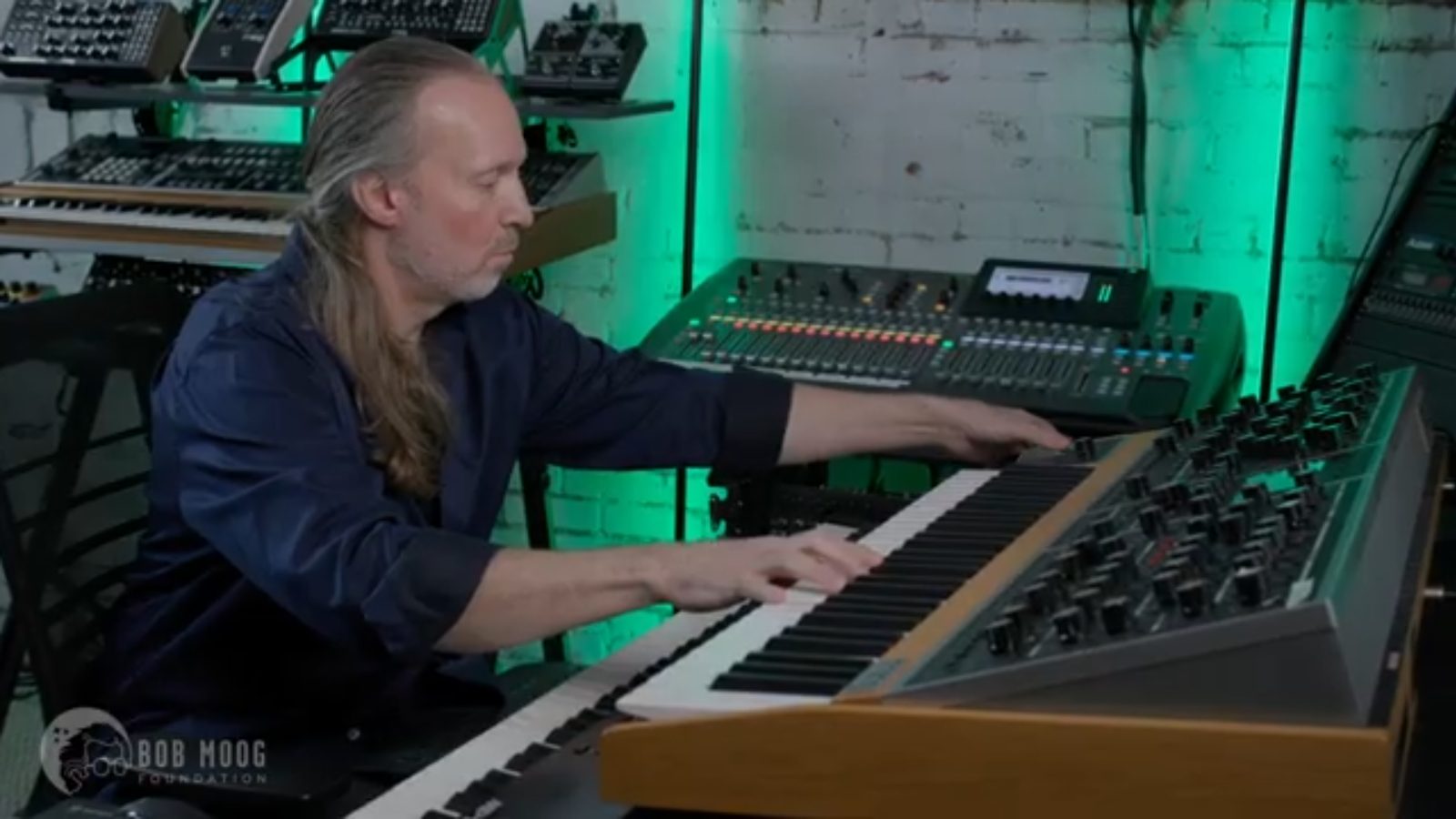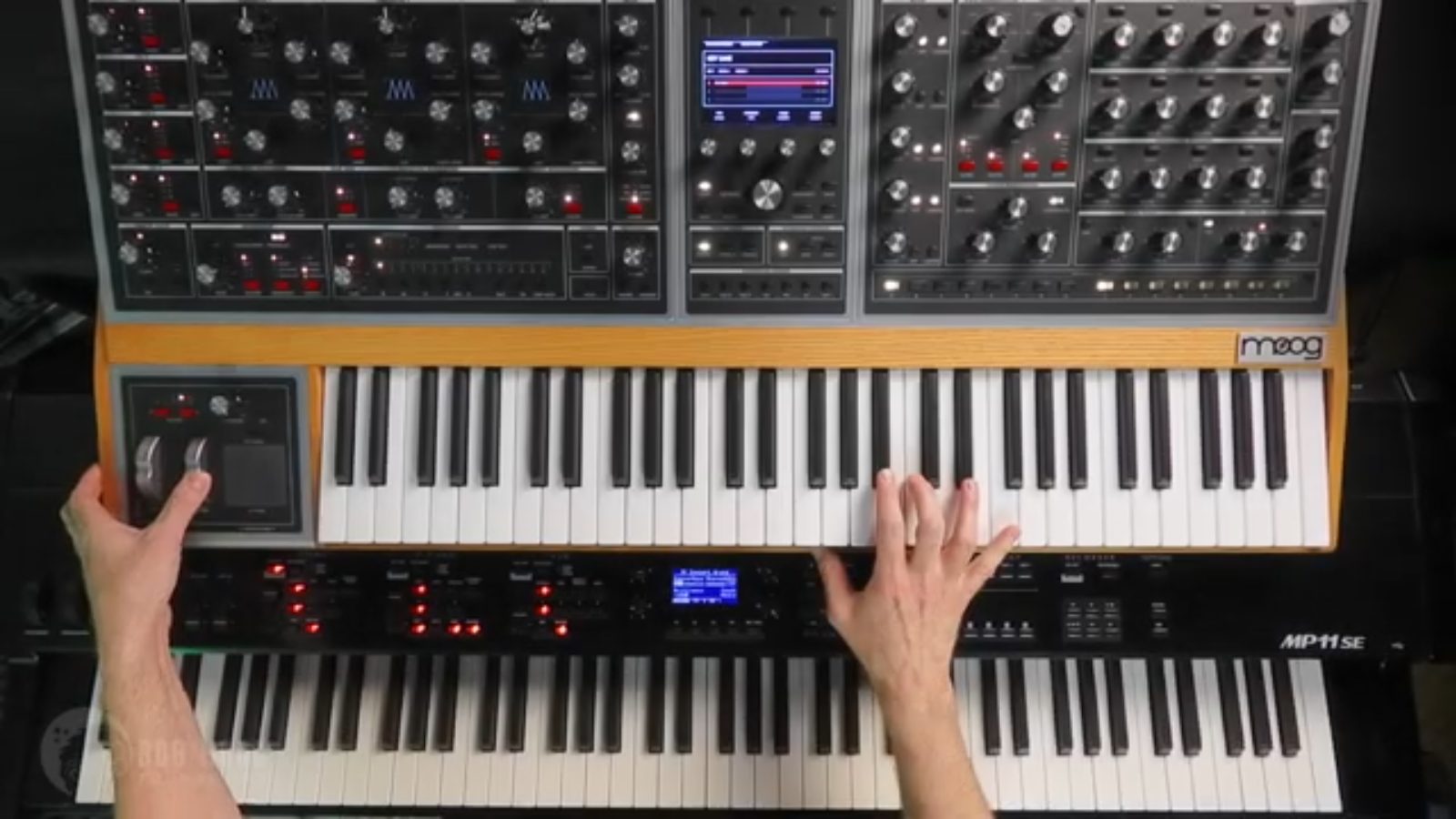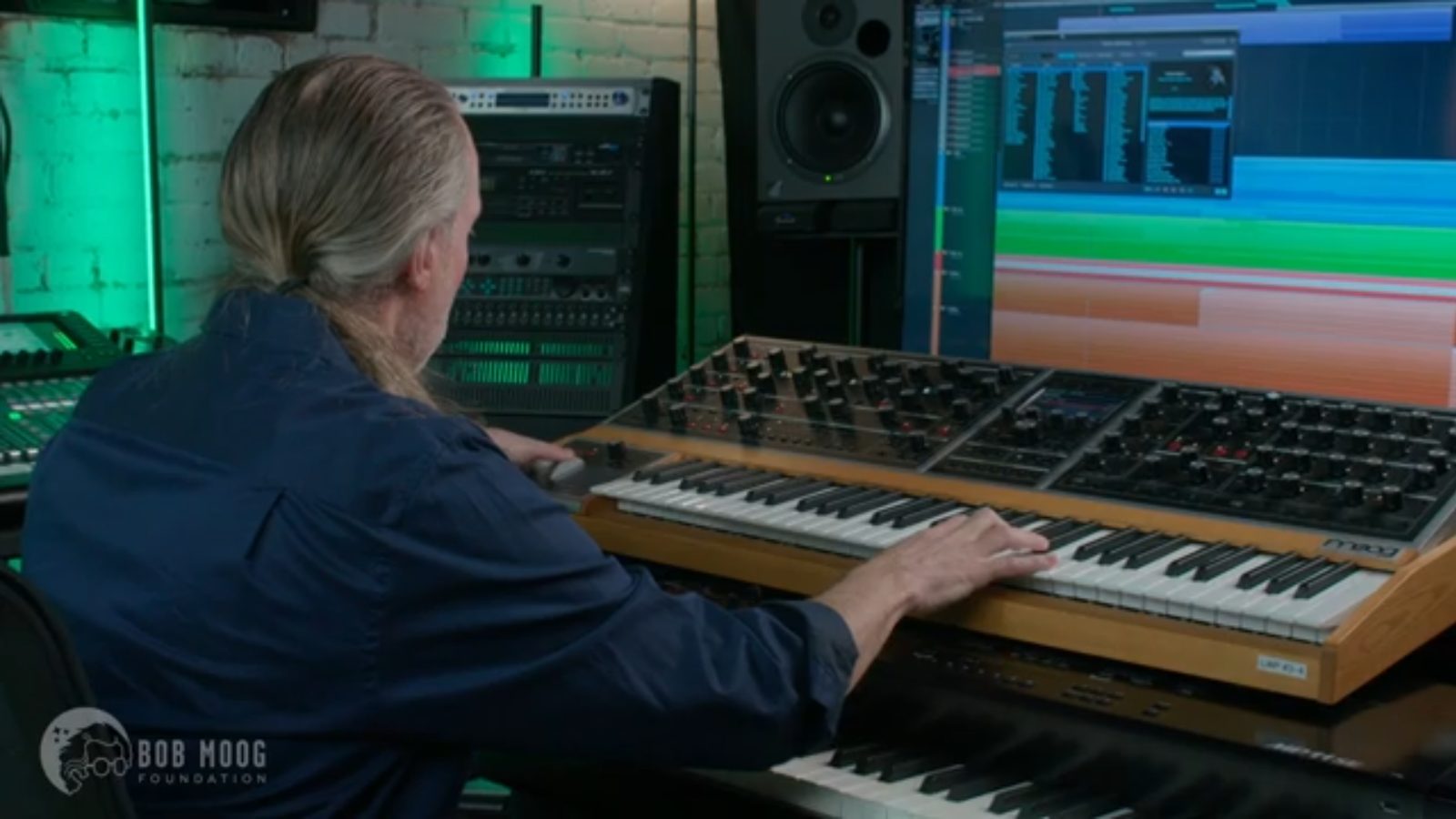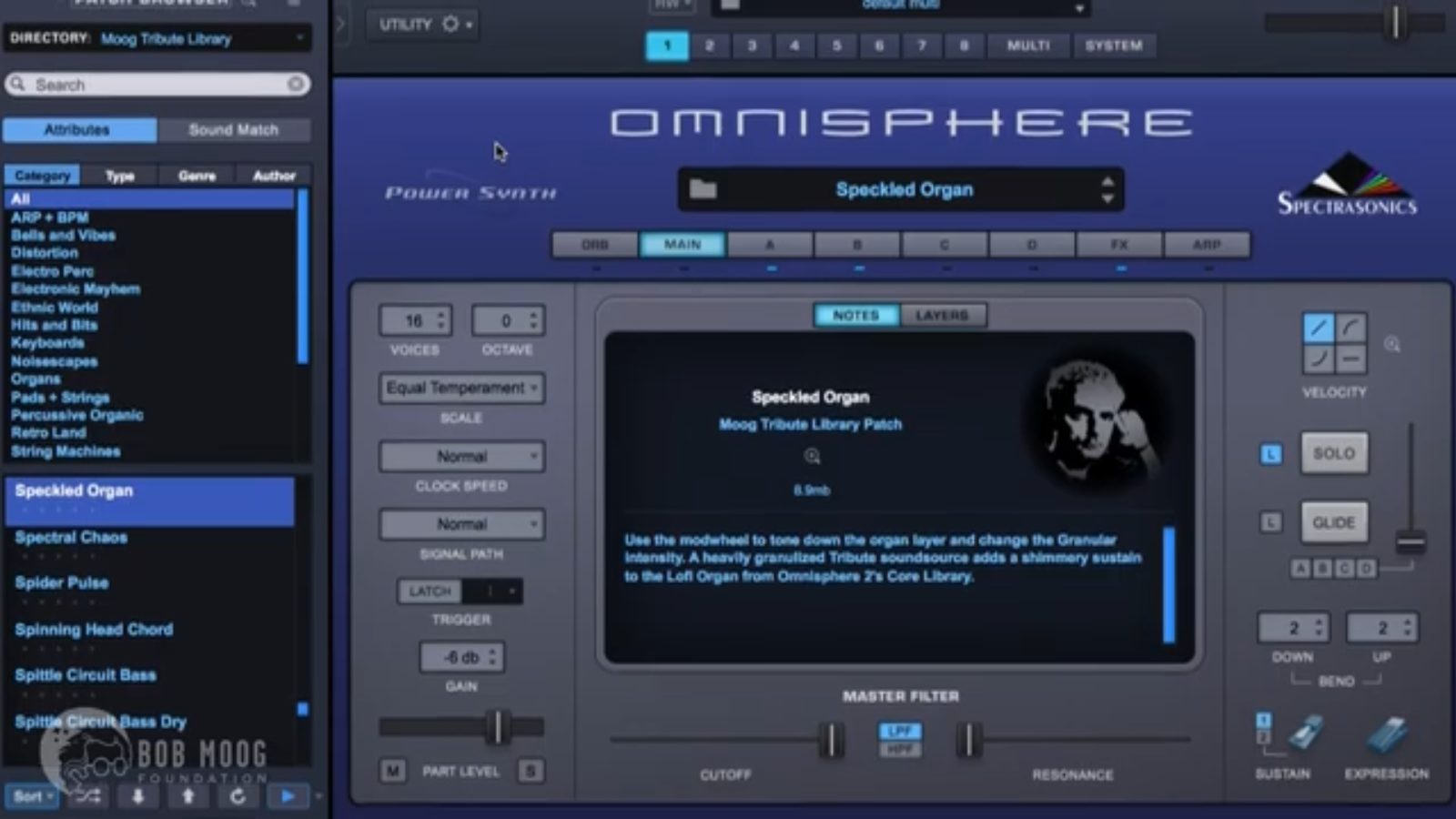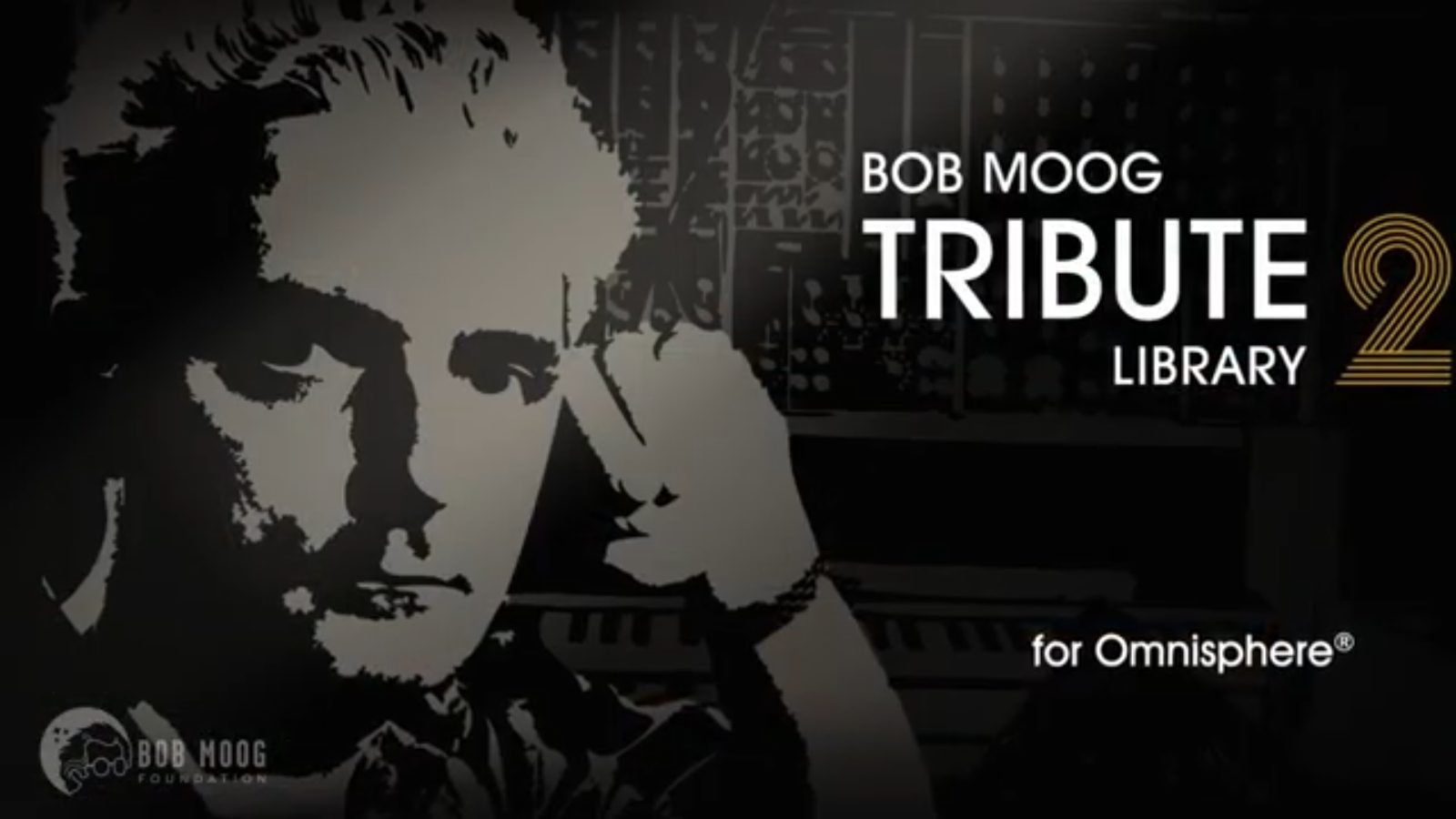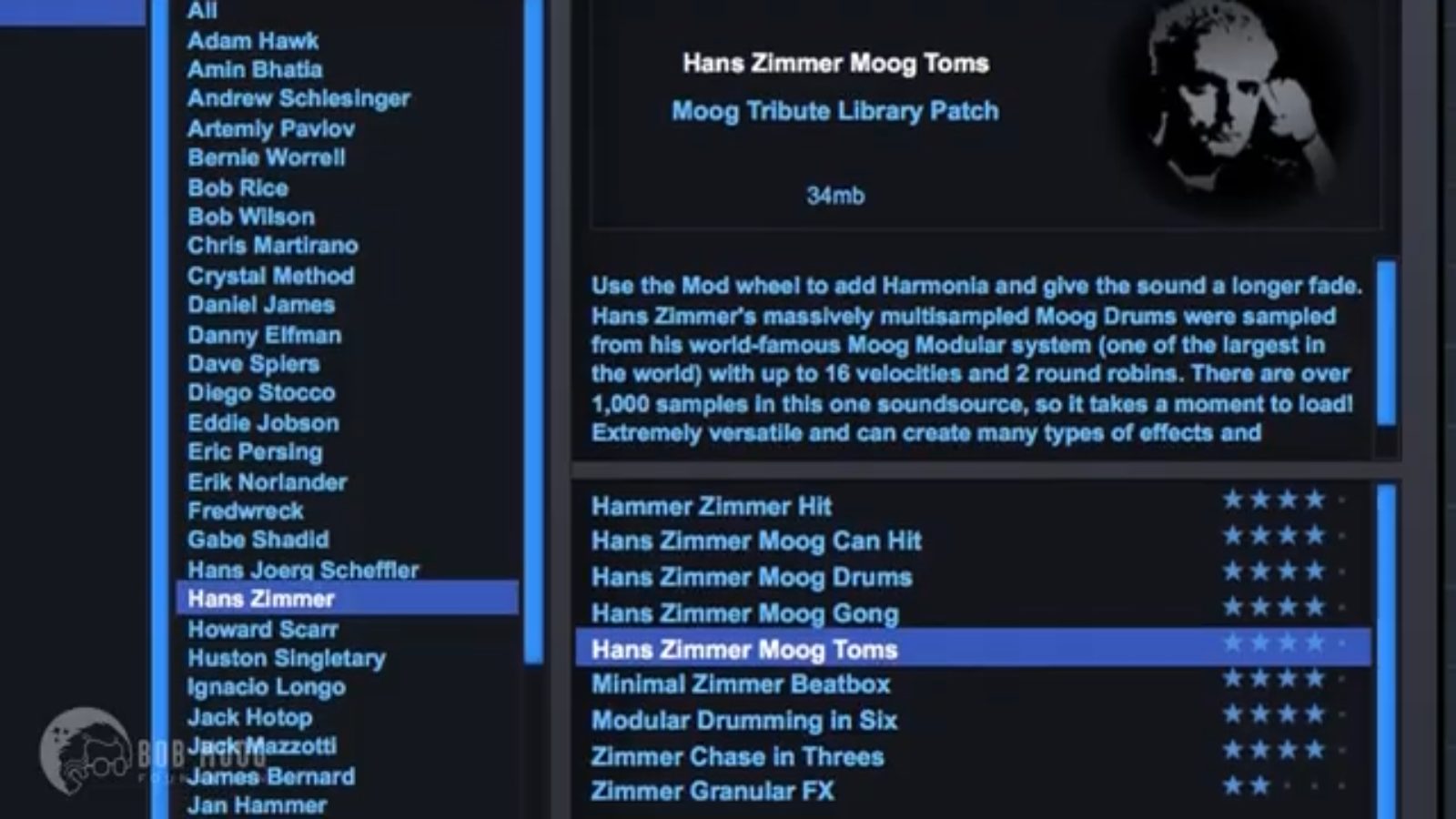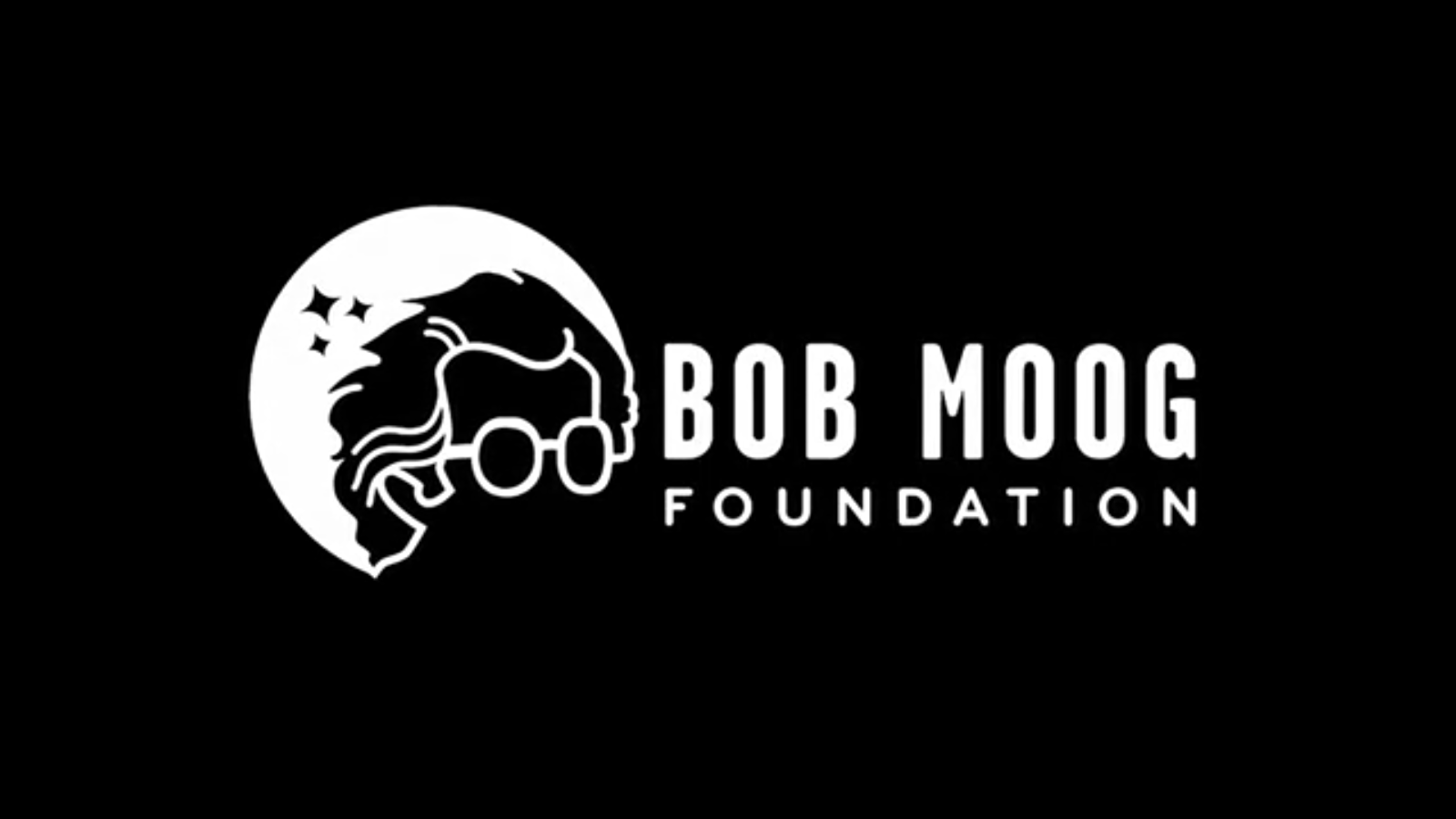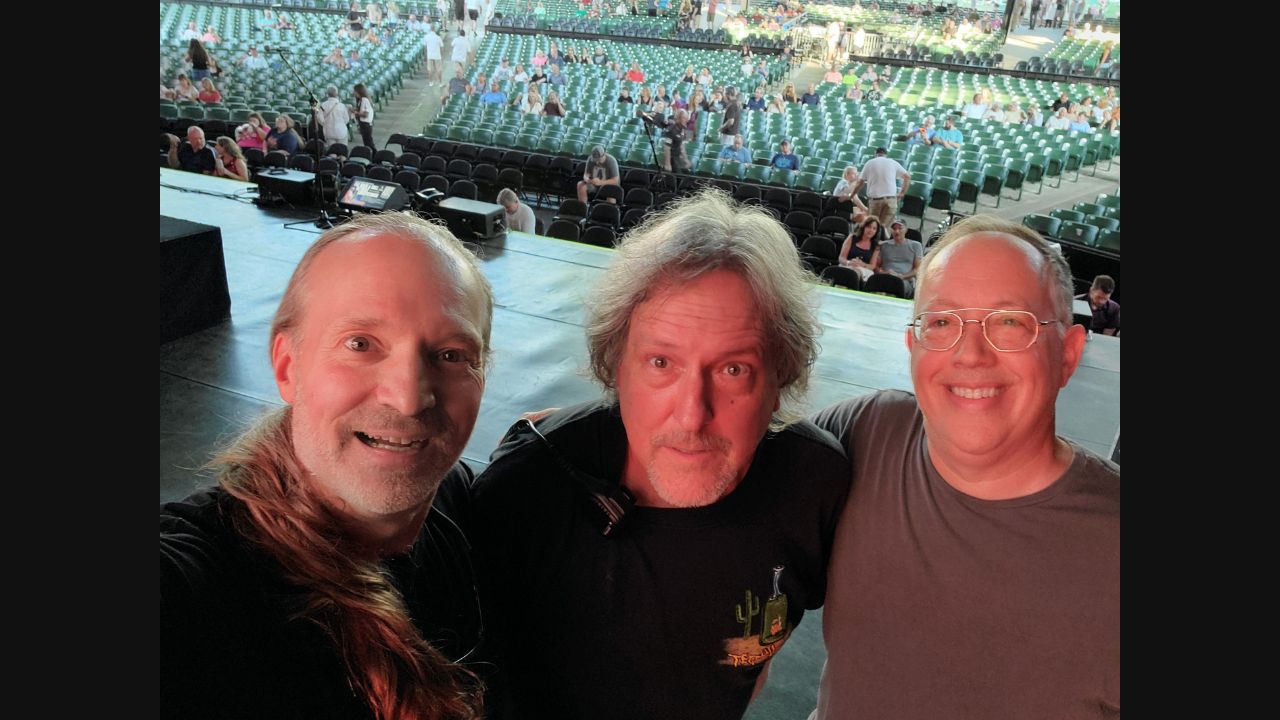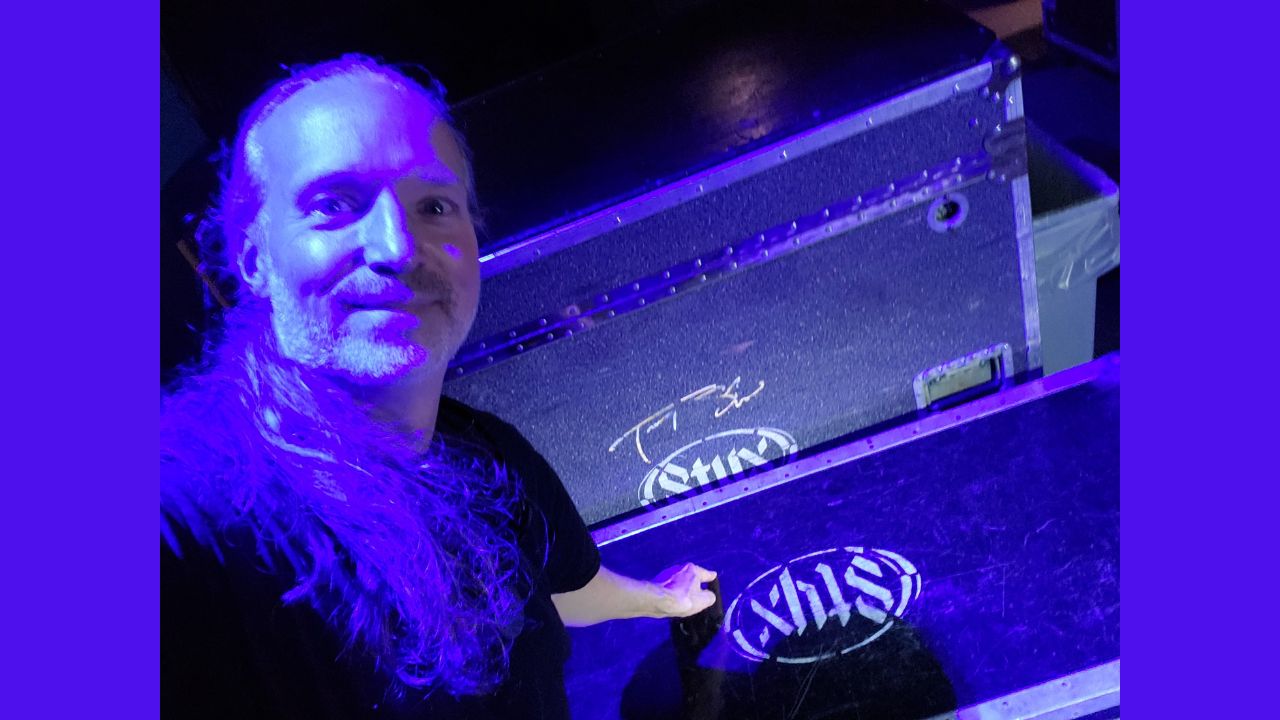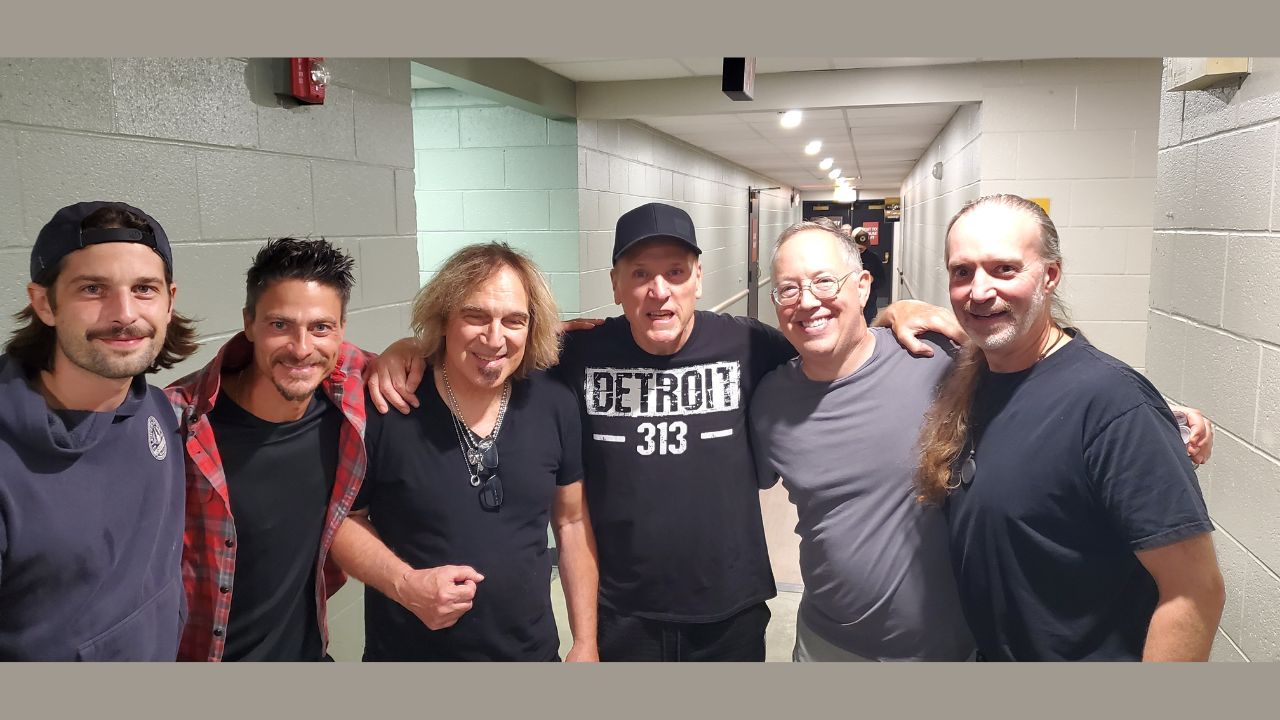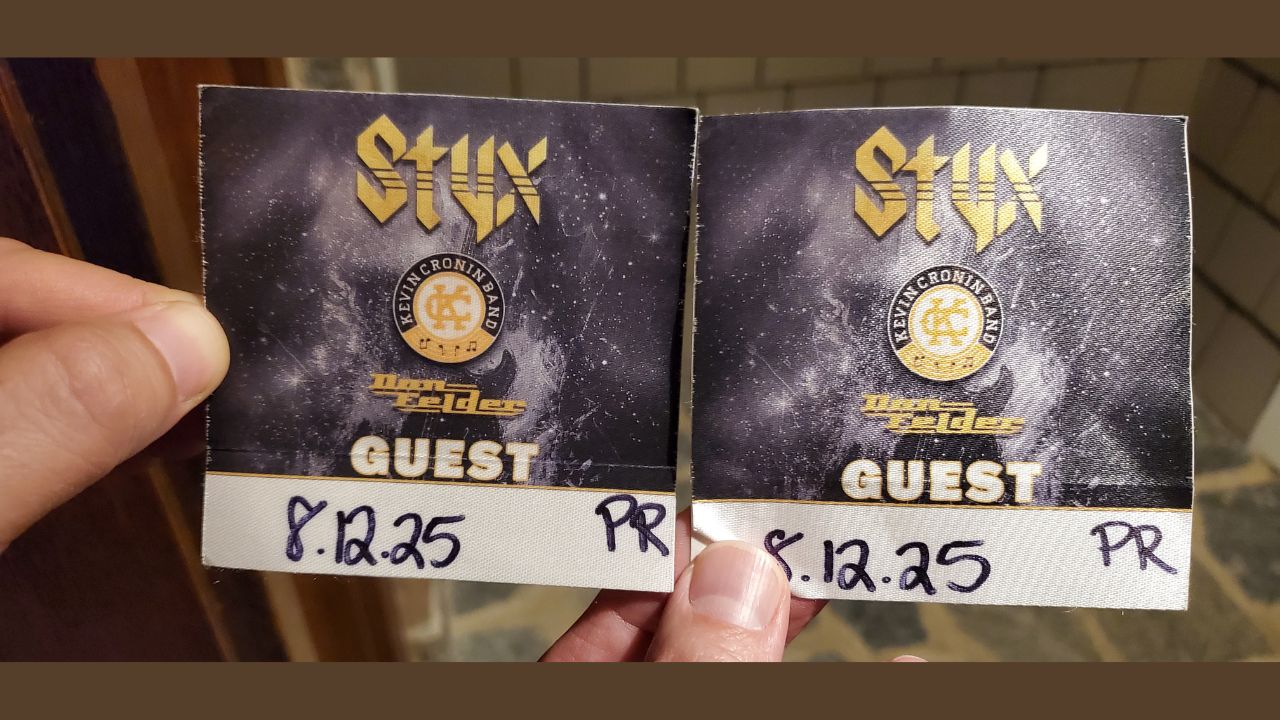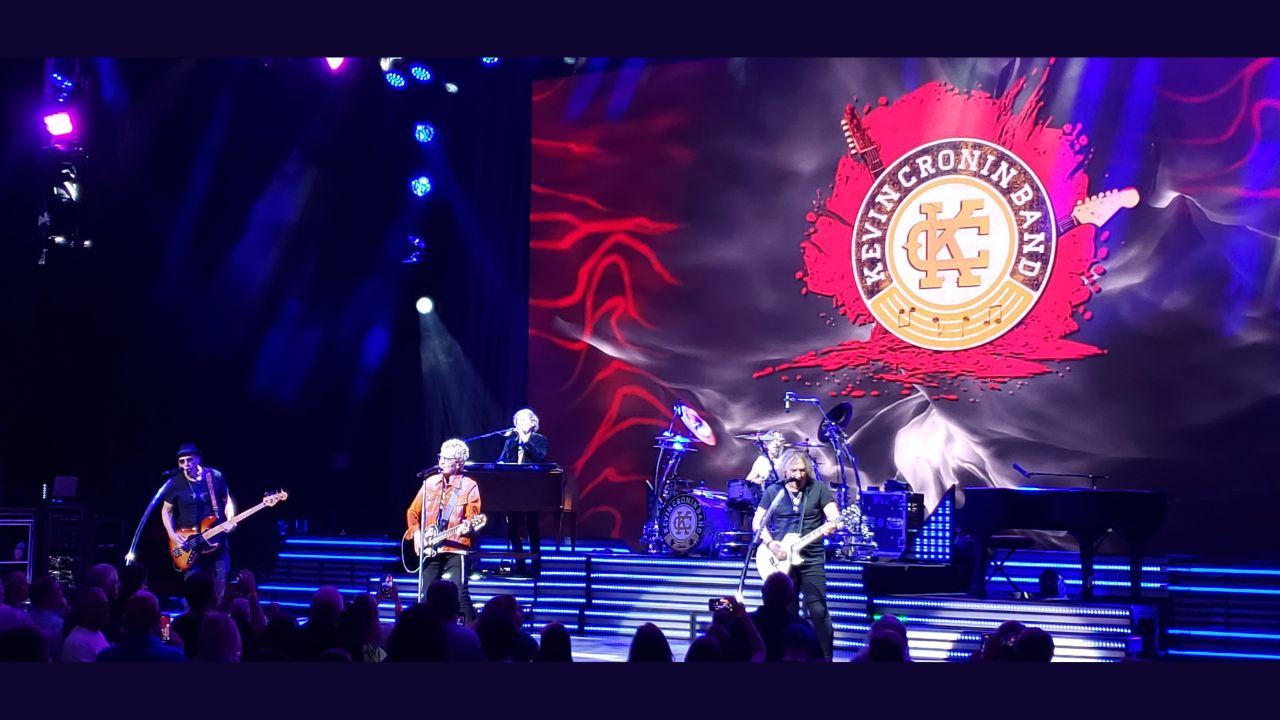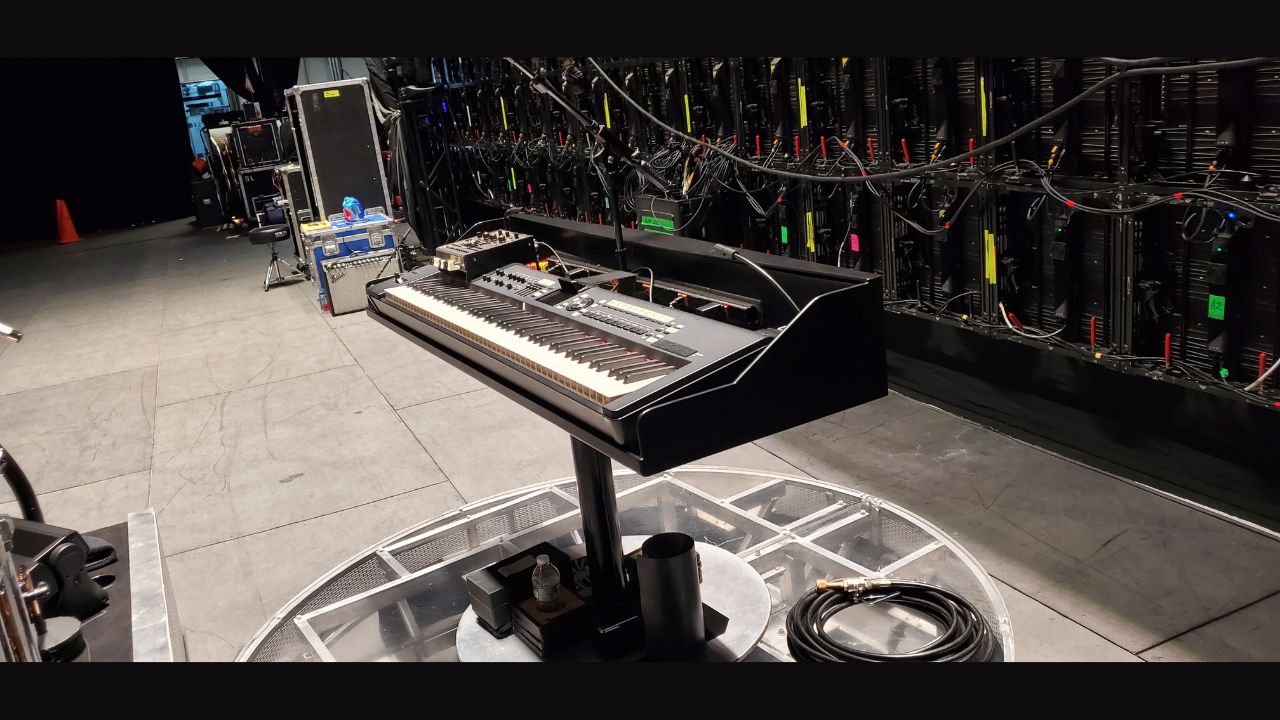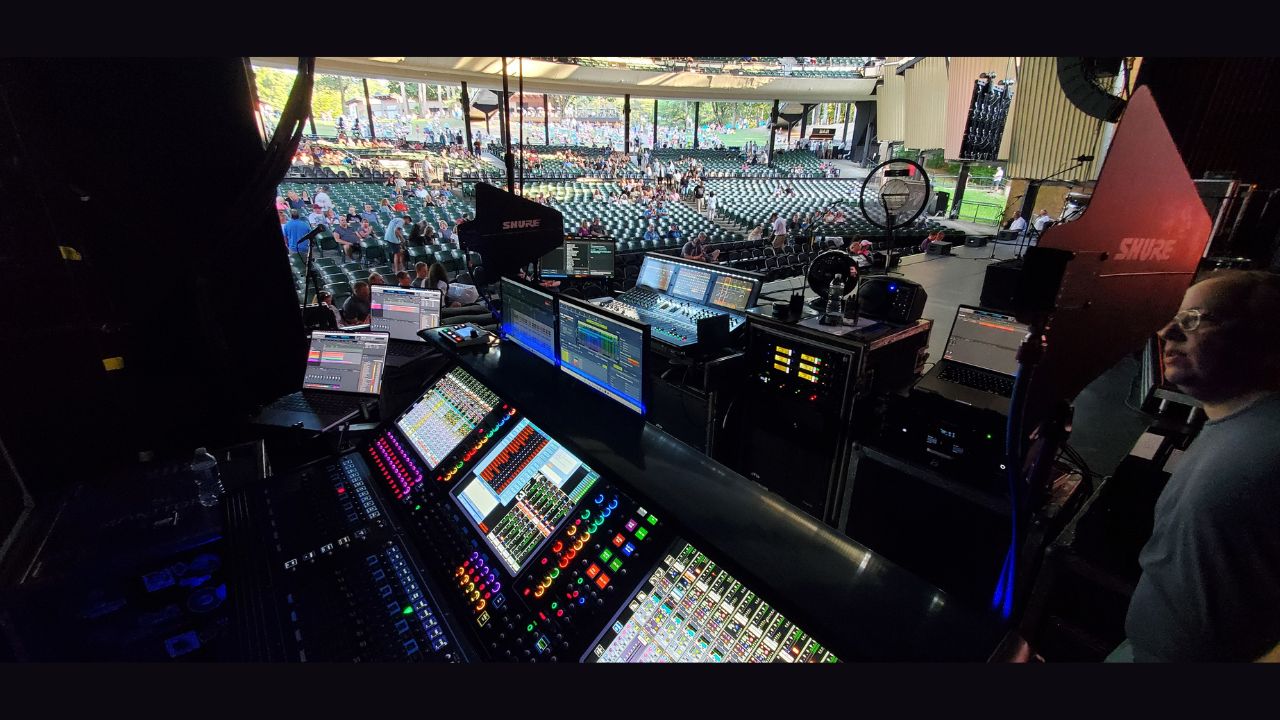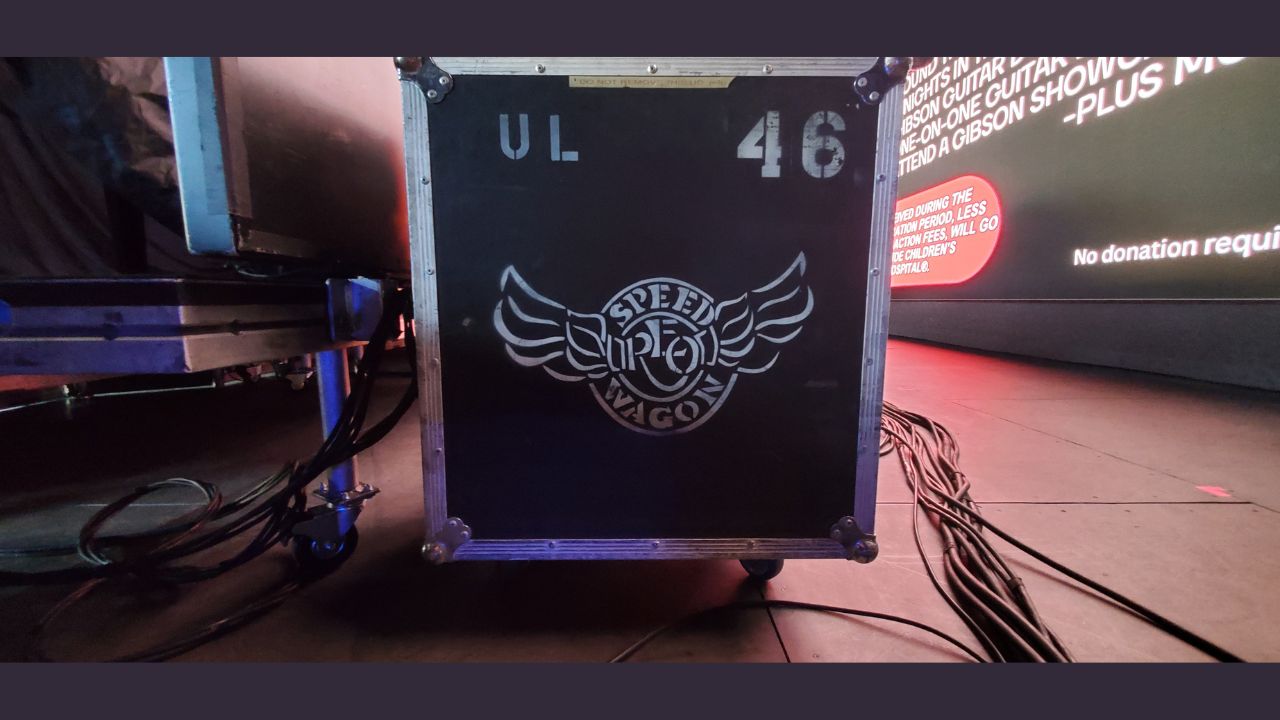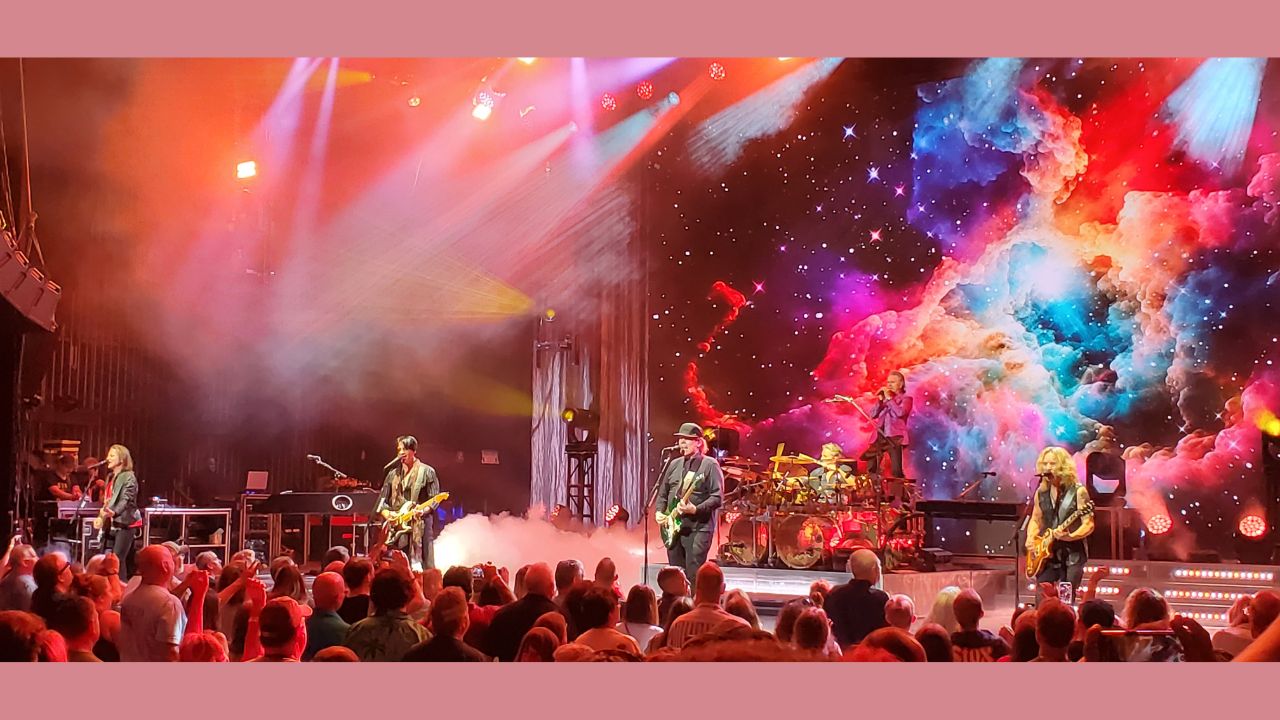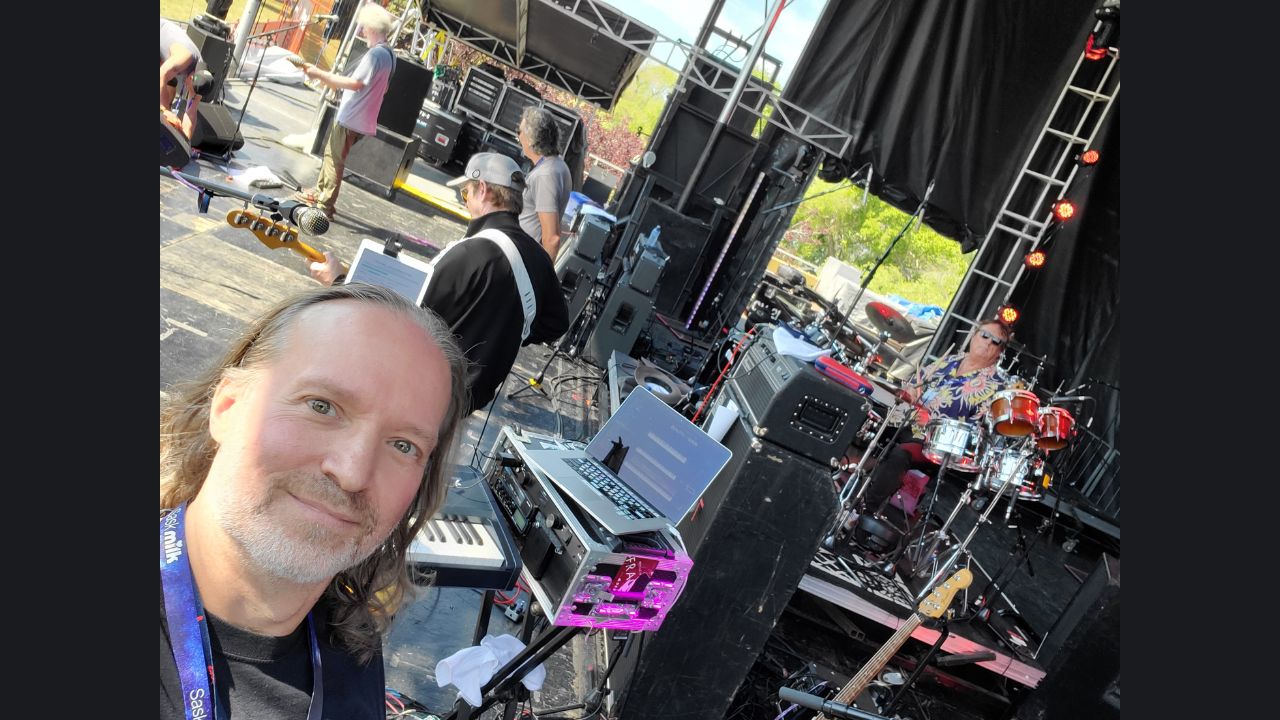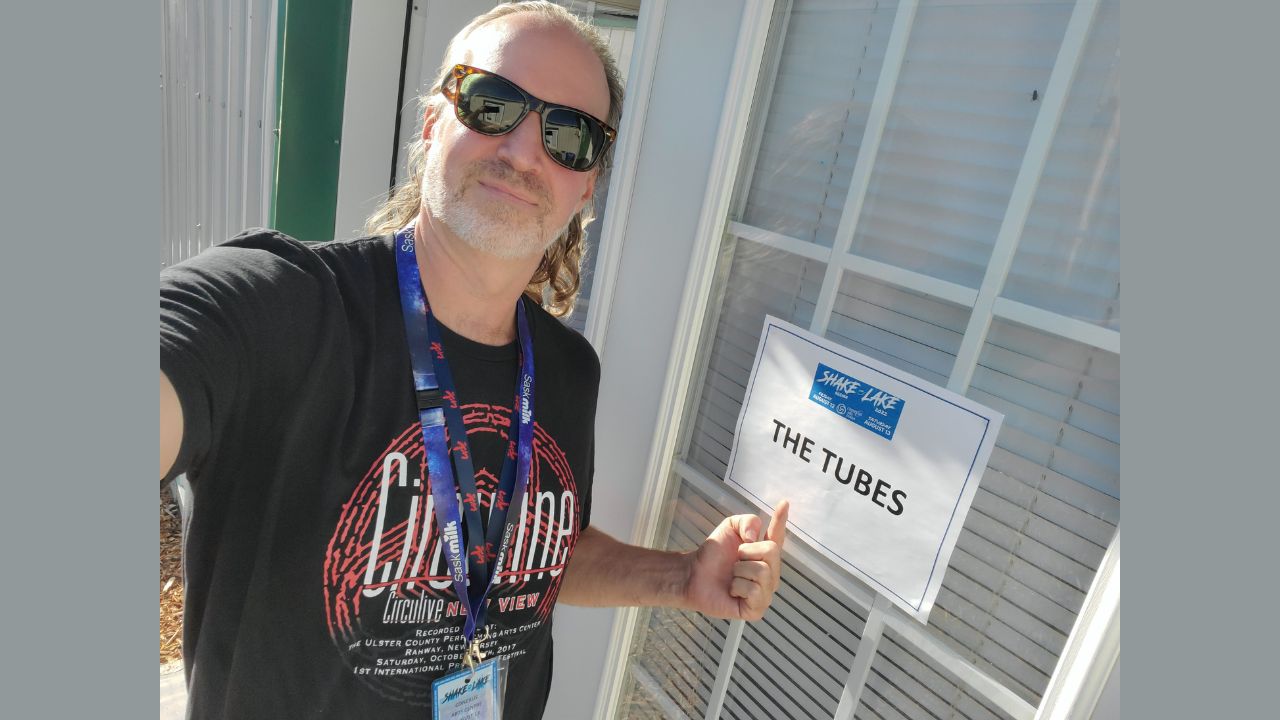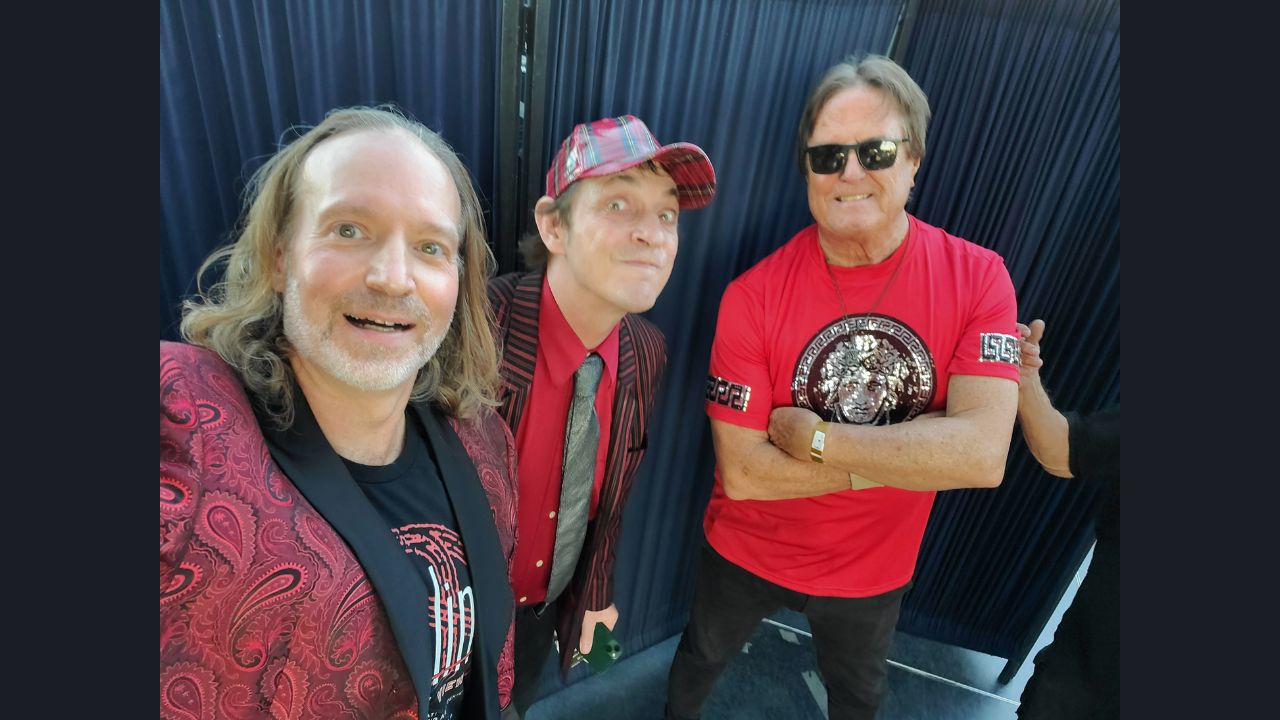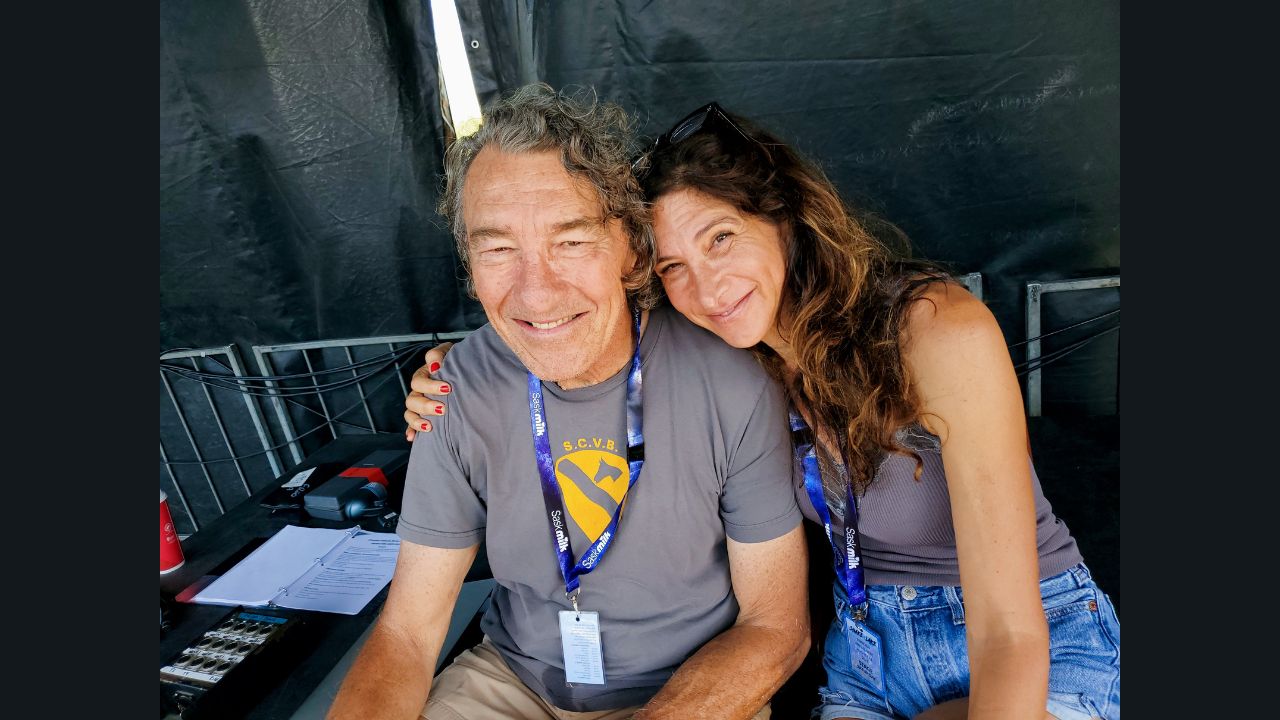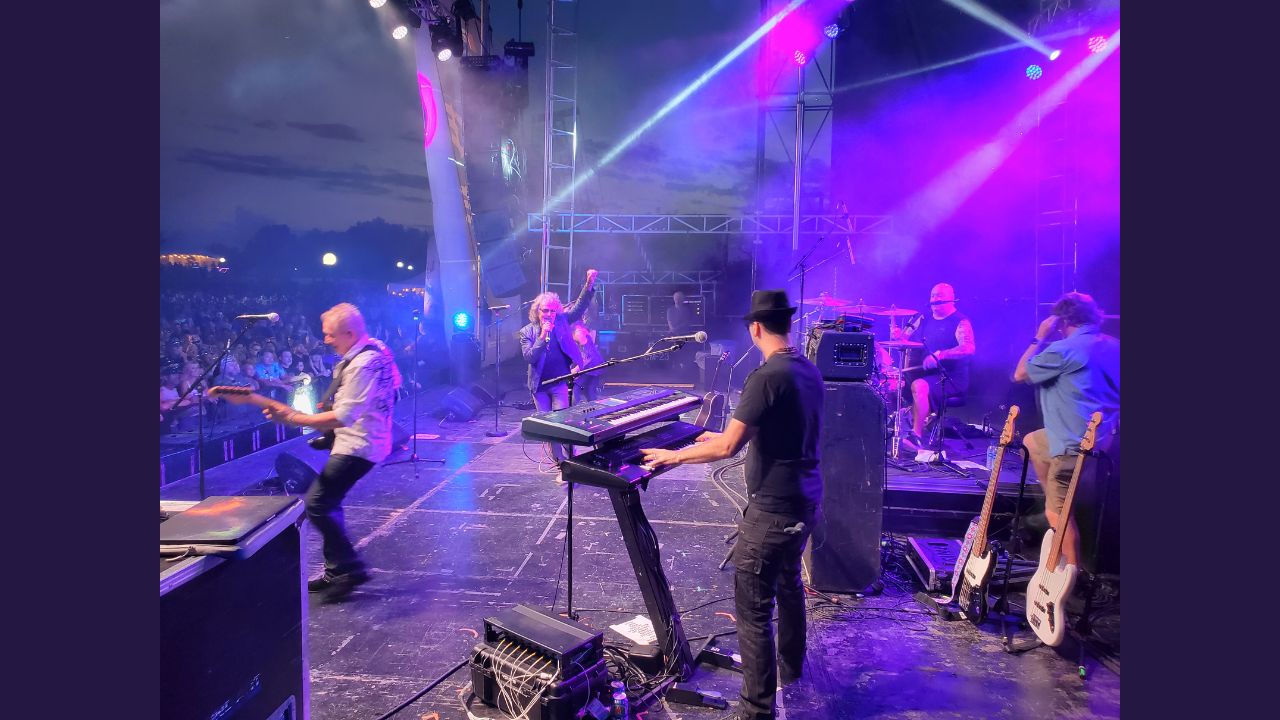
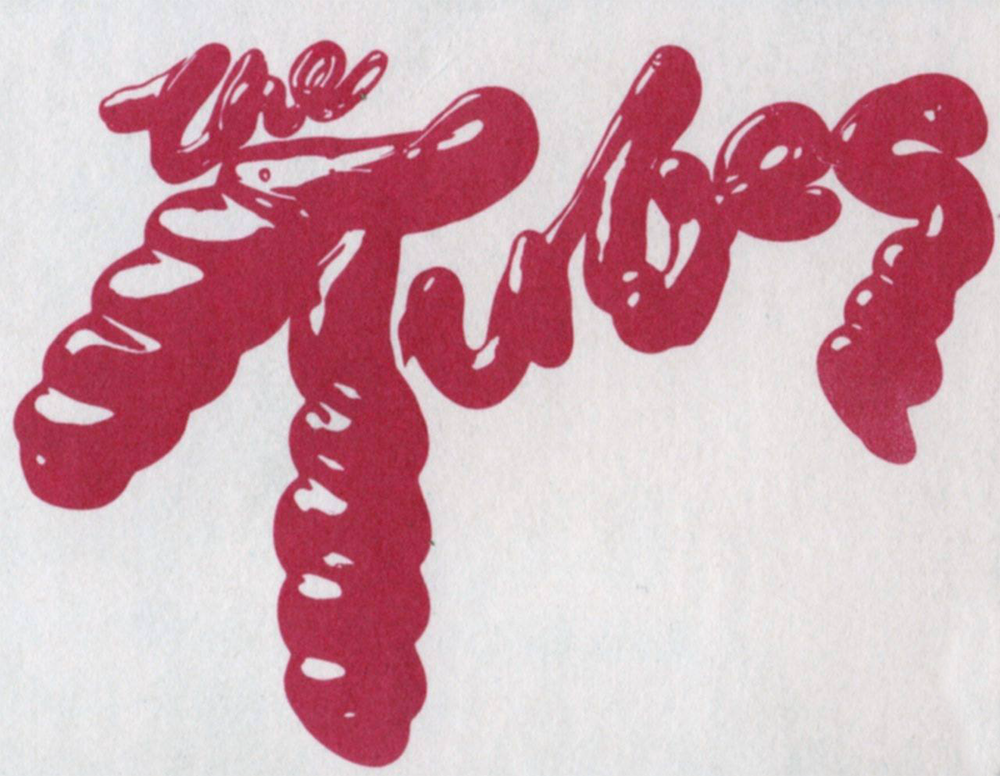


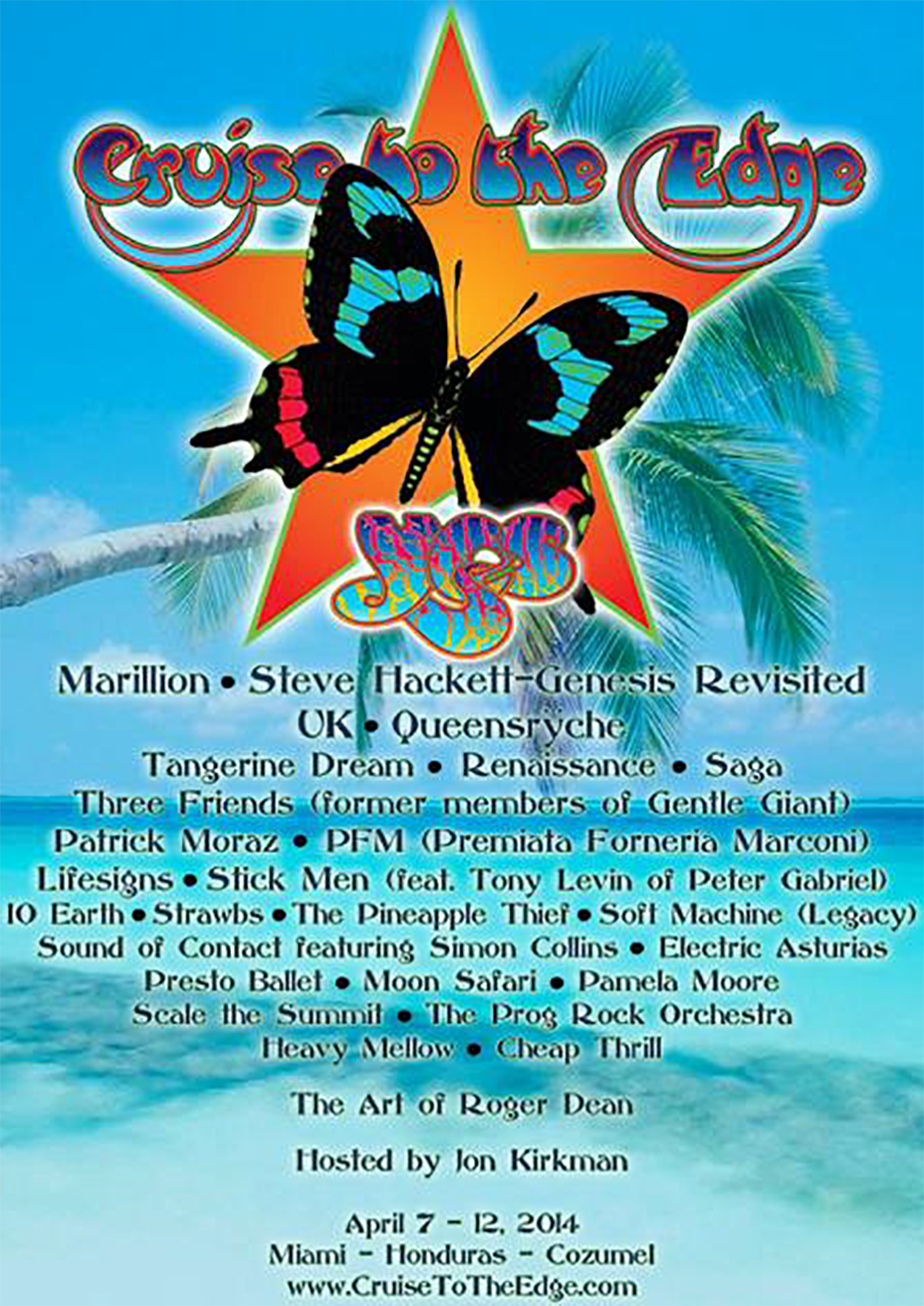
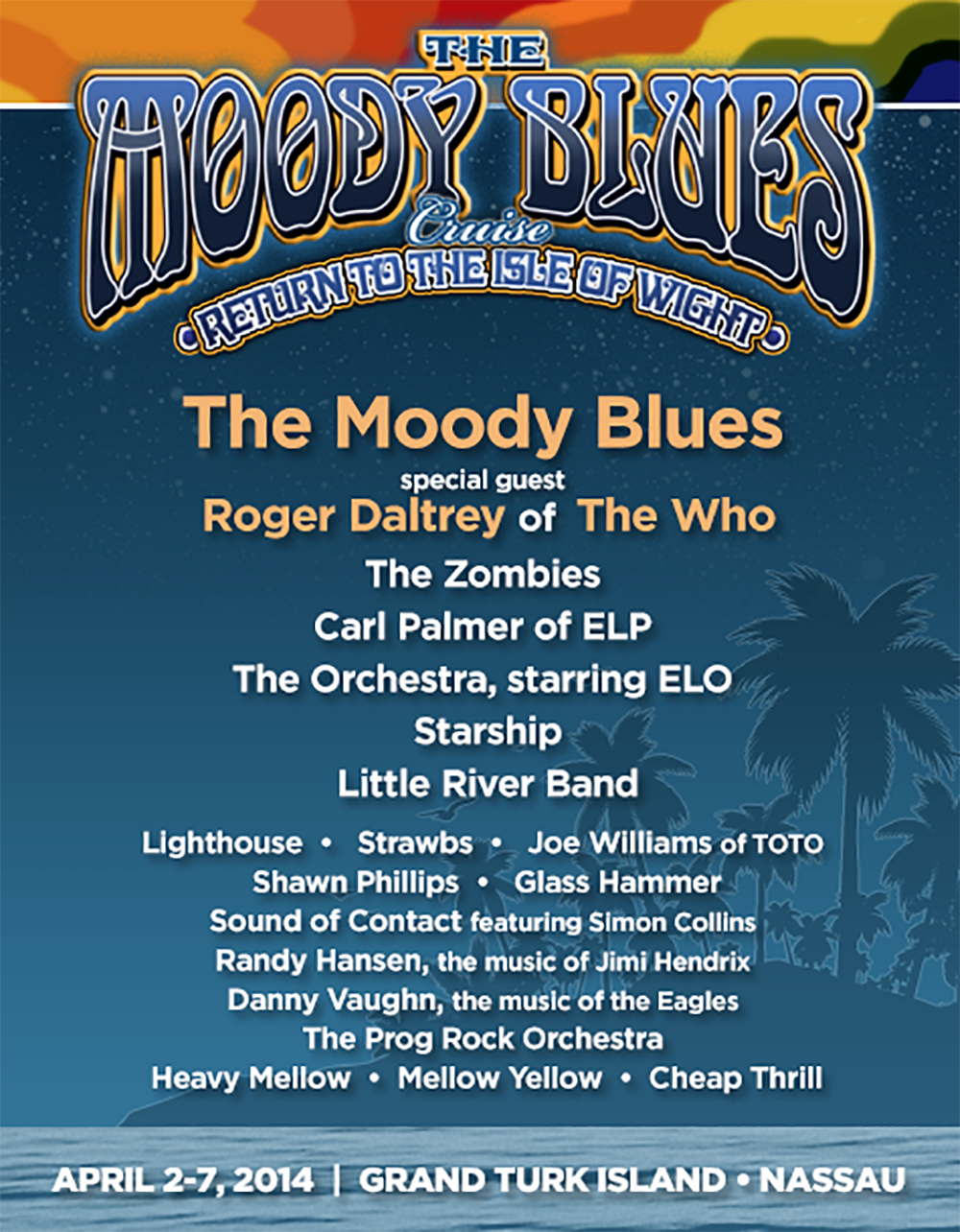
Keep in Touch!

Latest news
Explore Spectrasonics’ Bob Moog Tribute Library v2 for Omnisphere with Andrew Colyer – Part 4
I had so much fun helping to create these new videos for The Bob Moog Foundation, showing you all of the cool features of the Spectrasonics Bob Moog Tribute Library for Omnisphere! The collaboration team has included Michelle Moog-Koussa, Daniel Liston Keller, Paul Lewis Anderson, Eric Persing, and Mark Hiskey. Here’s the FOURTH in the series – now available on YouTube and Facebook, on the Moog Foundation Channel. –
https://youtu.be/YUo1TMVRUFY?si=JJcVXxEexXdMylxo
~
@moogsynthesizers @bobmoogfoundation @ilio_official @spectrasonics_official @daniellistonkeller @paullewisanderson @ericpersingmusic @markhiskey
#ColyerMusic #moog #bobmoogfoundation #moogfoundation #spectrasonics #omnisphere #omnisphere2 #spectrasonicsomnisphere #spectrasonicsomnisphere2 #ilio #bobmoogtribute #bobmoogtributelibrary
Backstage with Styx / REO Speedwagon / Don Felder (Eagles)
Andrew Colyer with The Tubes at Shake the Lake Festival
I met Dave Medd in 2011 after one of Robert Berry’s December People shows, thanks to Ron Matthews. Dave and I hit it off immediately, and in January 2012, he asked me to be his sub on keys/vocals with The Tubes.
In 2022, they finally needed me. I flew to Canada for one of those huge outdoor festivals, something like 6,000 people. And due to logistics, there would be NO REHEARSAL. Just walk onstage and do the show. So I practiced and prepared as best as possible at home in The Cave, making charts and transcribing parts, so that when I got onstage I could just focus on locking in with them and performing the music – playing and singing.
Soundcheck was in the morning, and when we came back to to play in the afternoon, the amazing Canadian band PRISM was playing, and we were the 7 pm slot before for the final headliner STARSHIP featuring Mickey Thomas.
Guess what? In August, where is the sun at that time of day? GOING DOWN ON THE HORIZON, STRAIGHT AHEAD BLINDING ME ONSTAGE. So I walk onstage, with no rehearsal, to play in front of thousands of people, AND I CAN’T SEE !! I just kept squinting and staring at Prairie, and luckily the rapidly setting sun was soon out of my eyes.
The show went pretty well, and afterwards since it was a festival, the crowd didn’t know whether or not to keep clapping for on encore or not. Roger Steen told me to go out and start playing something, so they would know there was an encore. It worked! The people went crazy, the band came back out, and we finished off the show with a bang. Somewhere I have a recording of that, which I’ll find and put on YouTube.
That gig led to other gigs…..more to come. 😀🎹🎵💥

Online Shop
EXCLUSIVE MERCH
Show your love and support and browse AC’s exclusive merch!

